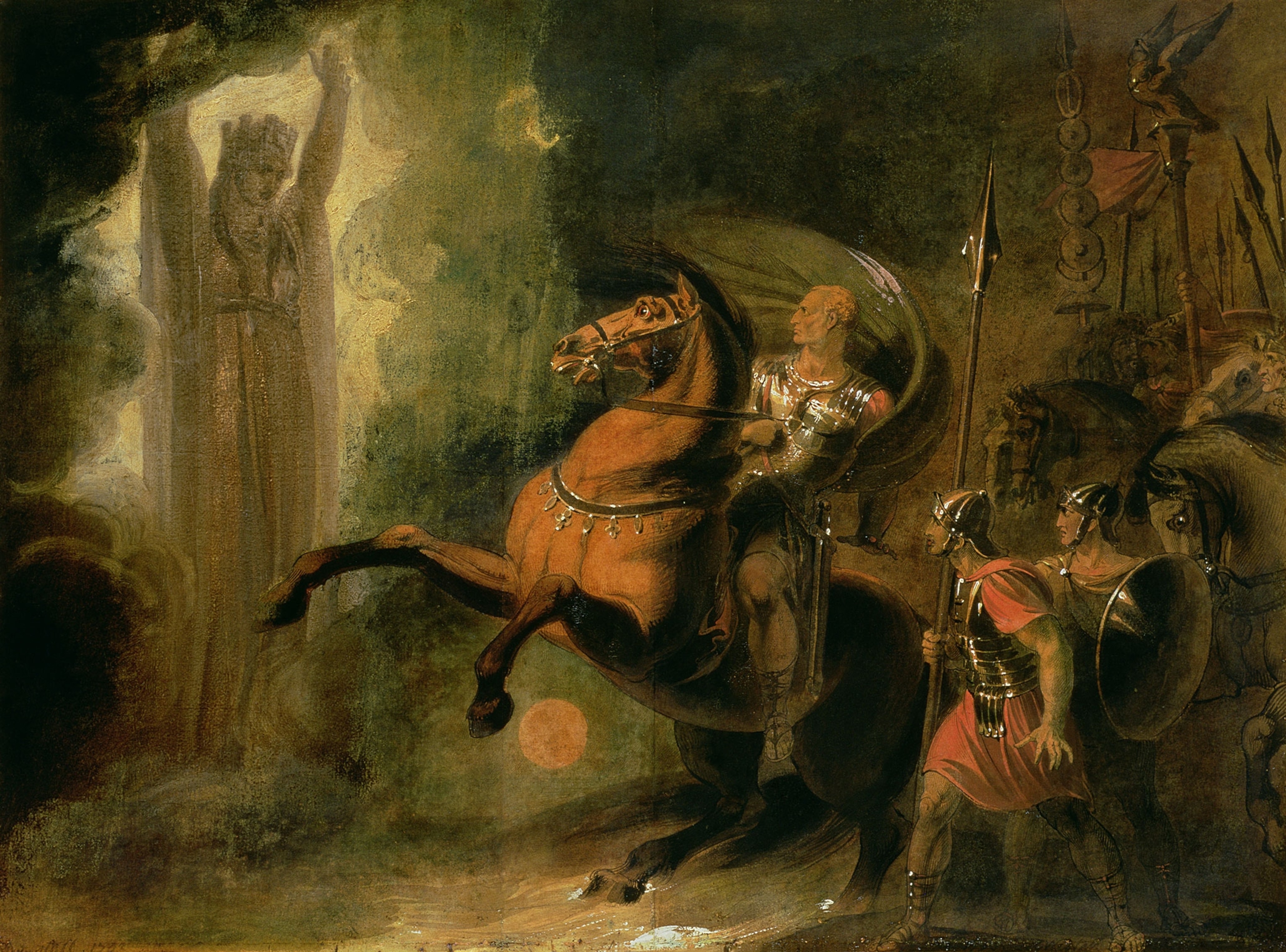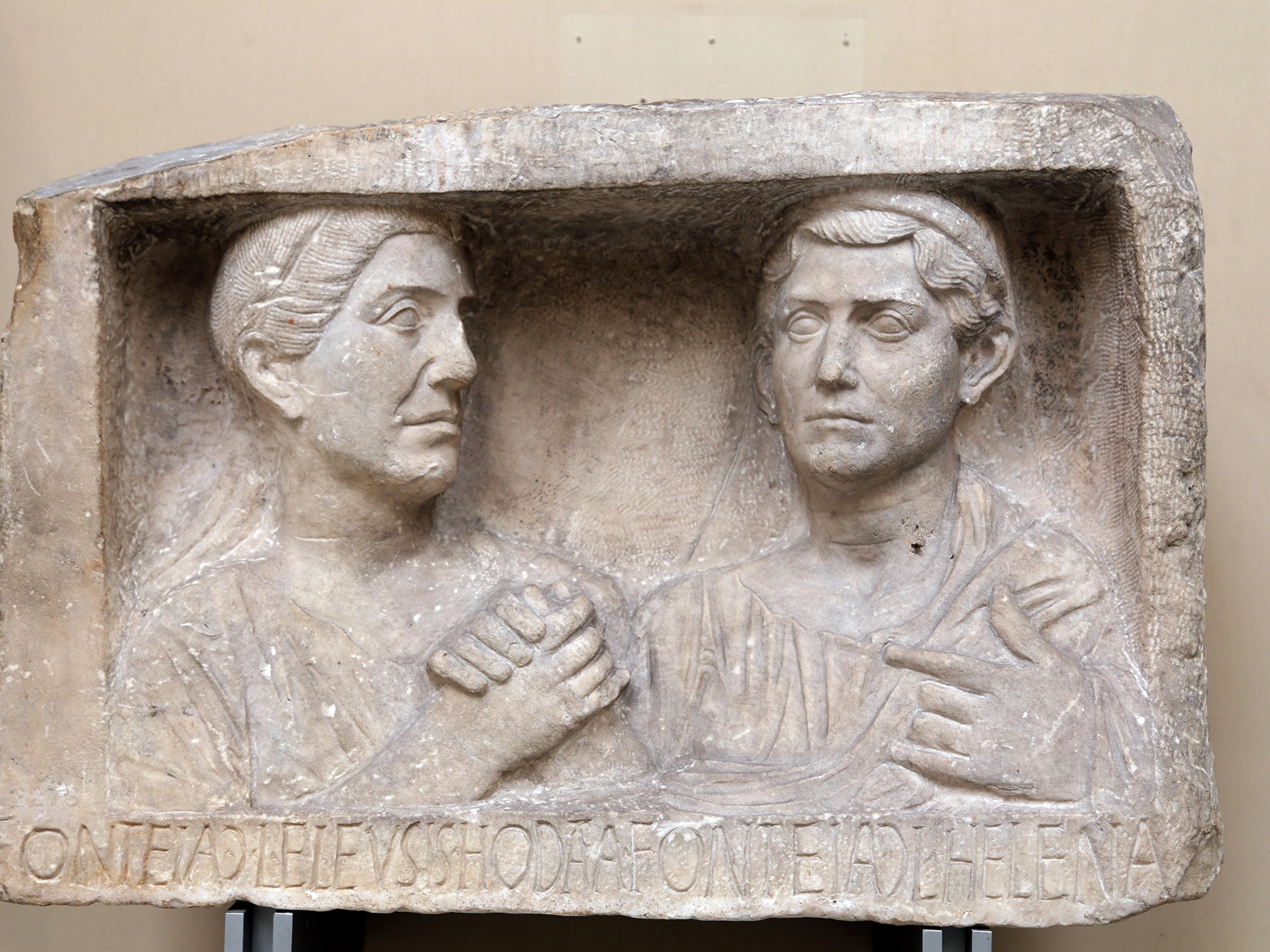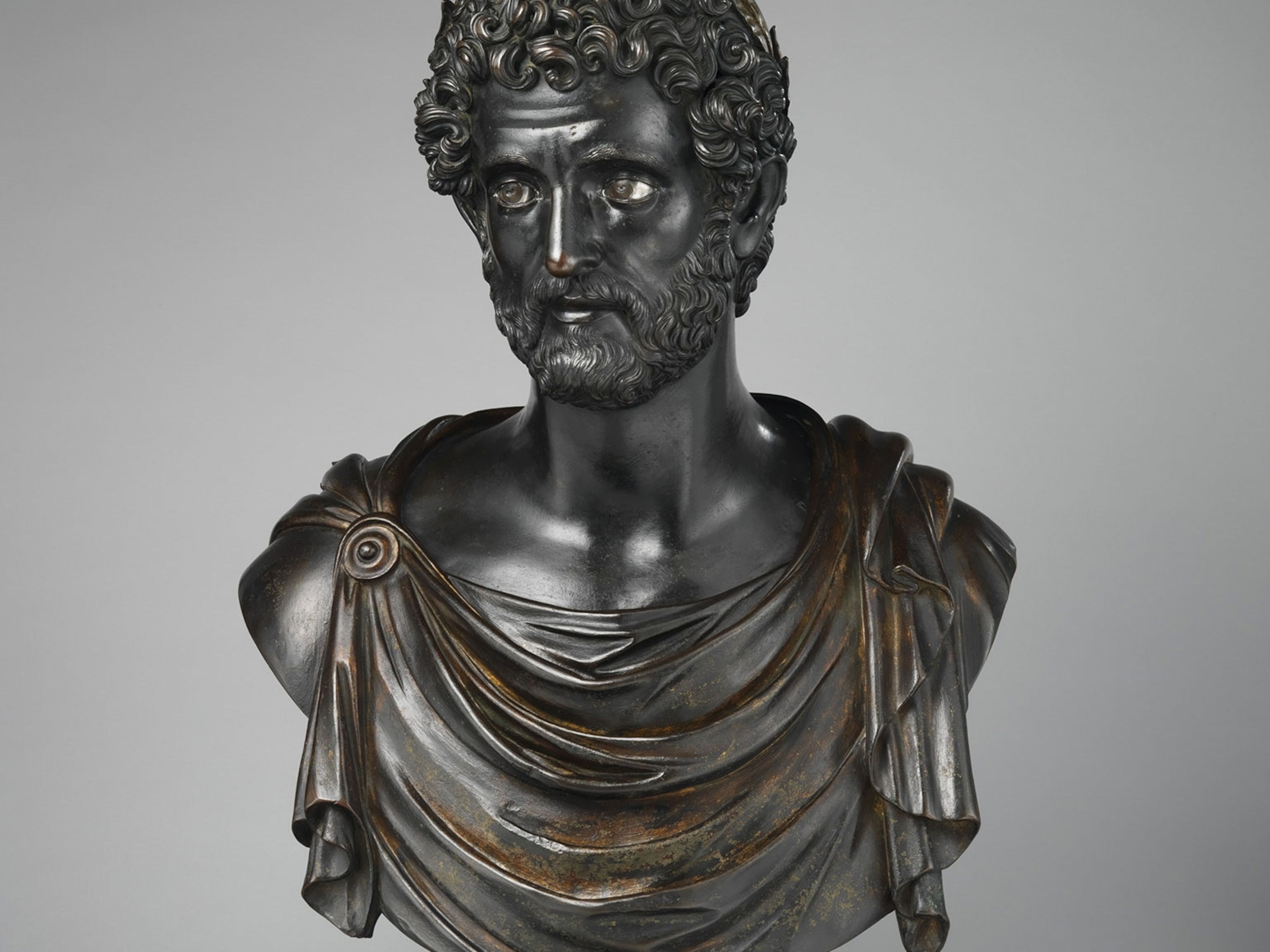The ghost stories of ancient Rome—from the bone-chilling to the absurd
Ghosts stories appear in several surviving texts from ancient Rome. What do they reveal about the people who told them?

Do you believe in ghosts? That’s what prominent Roman lawyer and statesman Pliny the Younger asked his friend in a letter around A.D. 100.
“I should very much like to know whether you think there are such things as ghosts,” Pliny wrote, “and whether they have their own shapes and some divine existence, or whether they are unreal images that take their forms from our own anxieties.”
Pliny was writing to his friend Sura, a Roman senator. To give Sura some food for thought, Pliny recounted three spooky stories he’d heard. The first was about a man who saw an apparition that predicted his political success, and also his death. The second was about a house and the chain-rattling ghost who haunted it. The third was about incidents that had supposedly happened in Pliny’s own home—but more on that later.
(8 things people get wrong about ancient Rome.)
Ghost stories appear in multiple ancient Roman texts. Yet unlike the thrillers of today, they’re often only a couple of sentences long. For example: In the Roman historian Plutarch’s account of the life of an Athenian general, he briefly mentioned a Greek bath house that became haunted after a murder.
“For a long while after apparitions continuing to be seen, and groans to be heard in that place, so our fathers have told us, they ordered the gates of the baths to be built up,” Plutarch wrote. “[A]nd even to this day those who live in the neighborhood believe that they sometimes see specters and hear alarming sounds.”
But what did ancient Romans really make of ghosts? We looked for clues by examining the types of spectral stories that circulated in ancient Rome.
Haunted houses
Pliny’s letter contains “this wonderful haunted house ghost story [that] is persistent throughout antiquity,” says Daniel Ogden, an ancient history professor at the University of Exeter and author of Magic, Witchcraft and Ghosts in the Greek and Roman Worlds.
In his letter to Sura, Pliny said he’d heard a story about a house in Athens haunted by a specter who wore frighteningly loud chains. The house became abandoned until, one day, a philosopher decided to take up residence.
While writing at night by lamplight, the philosopher heard the ghost’s chains getting closer and closer, until the spirit appeared in the room with him.
Ogden sees the haunted house story in Pliny’s letter as part of a folklore tradition that stretched back to ancient Greece and continued after the fall of the Western Roman Empire around A.D. 476. Haunted house stories in this tradition often had similar features, like a heroic figure. (In pagan stories like Pliny’s, the hero is a philosopher; in a late fifth-century Christian version, the hero is a bishop.)
(Is this the real reason the Roman Empire collapsed?)
The earliest major Roman haunted house story is the Mostellaria, or The Haunted House, a comedy by the playwright Plautus circa 200 B.C. The play appears to be based on a lost Greek comedy called the Phasma from the late fourth or early third century B.C., suggesting that haunted house folklore goes back at least that far.
In the Mostellaria, an enslaved man tries to convince his superstitious master who has just returned home from a long journey that he shouldn’t enter his house because it’s haunted. In reality, he’s lying to cover for the master’s son, who’s been partying in the house during his father’s absence.
Improper burials
Though the enslaved man’s story about the ghost is comically contradictory, it underscores another recurring theme in ancient Roman ghost stories: improper burial.
“Proper burial was extremely important,” says Debbie Felton, a classics professor at the University of Massachusetts Amherst and author of Haunted Greece and Rome: Ghost Stories from Classical Antiquity. In ancient Roman ghost stories, “remaining unburied or being buried improperly was the most likely thing to cause a haunting.”
Pliny’s haunted house story also involves an improper burial. Instead of turning away in fear, the philosopher allowed the ghost to lead him to a spot outside, where the ghost disappeared. In the morning, the philosopher asked local magistrates to dig up that spot, and they discovered human remains wrapped in chains. After giving the remains a proper burial, the haunting ceased.
Semi-divine intervention
Even if you’re not being haunted, ancient Roman stories suggest it was still a good idea to give a proper burial to any corpse you come across, because its ghost might help you out later. The Roman orator and statesman Cicero recorded an early ghost story in this “grateful dead” genre of folklore around 44 B.C.
In Cicero’s dialogue De Divinatione, or On Divination, a poet named Simonides finds a man’s corpse and gives it a proper burial. Afterward, the man’s ghost rewards Simonides by warning him not to go on an upcoming voyage because the ship will wreck. He heeds the ghost’s advice and avoids death, at least for himself. (“Too bad Simonides did not warn the other passengers,” Felton notes in her book.)
Not all spectral figures were the ghosts of the dead. Ancient Romans also recorded tales of large, semi-divine apparitions. The Roman historian Suetonius wrote that Julius Caesar saw such an apparition before crossing the Rubicon River at the start of his civil war. And in Pliny’s letter to Sura, he opened with a story about an apparition who correctly predicted a man’s political rise.
Both tales frame the apparition-seers’ successes as products of destiny or fate, making them sound more like political propaganda than spooky stories.
But what did Romans actually believe?
Like people today, ancient Romans had varying personal beliefs about whether there was an afterlife, and whether a dead person’s ghost (or some other spirit) could appear to the living.
However, scholars point out that of the three main surviving written haunted house stories, two are comedic or satirical. By mocking haunted house tales, these stories assume their audience is already familiar with the concept of haunted houses, probably through oral storytelling. In addition, their tone suggests that not everyone believed such tales.
For instance, the last major Roman haunted house story appears in a dialogue by Lucian, a second-century satirist from Roman Syria. In one part of the dialogue, known as the Philopseudes, or The Lover of Lies, a philosopher tells a listener about encountering a haunted house in Corinth. Like Pliny’s hero, Lucian’s philosopher says he ended the haunting by finding the spirit’s remains and facilitating a proper burial. Yet the skeptical listener doesn’t believe him—perhaps inviting readers to question the ghost stories they’ve heard, too.
And what did Pliny believe? You might look to clues from the last “ghost story” in his letter, the one that happened in his home. Pliny wrote that two people staying at his residence—one of them an enslaved boy, the other the brother of a servant—had woken up on different days to find that someone had cut their hair while they slept. The hair trimmings were still beside them, and both claimed to have seen mysterious figures in the night.
Pliny ended his letter to his friend Sura by urging him to respond with a direct answer about whether he thought ghosts were real, “so as not to leave me in suspense and uncertainty, since the point is that I am consulting you to end my doubts.” We’ll never know what really happened in Pliny’s house (or how Sura responded), but Felton has a theory.
“I think someone was playing a practical joke on Pliny,” she says, “and he just didn’t get it.”








